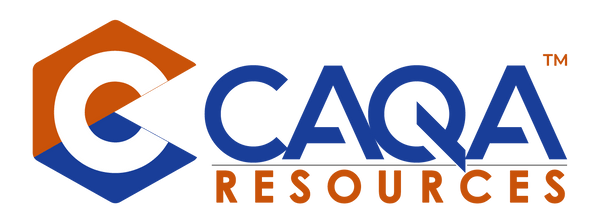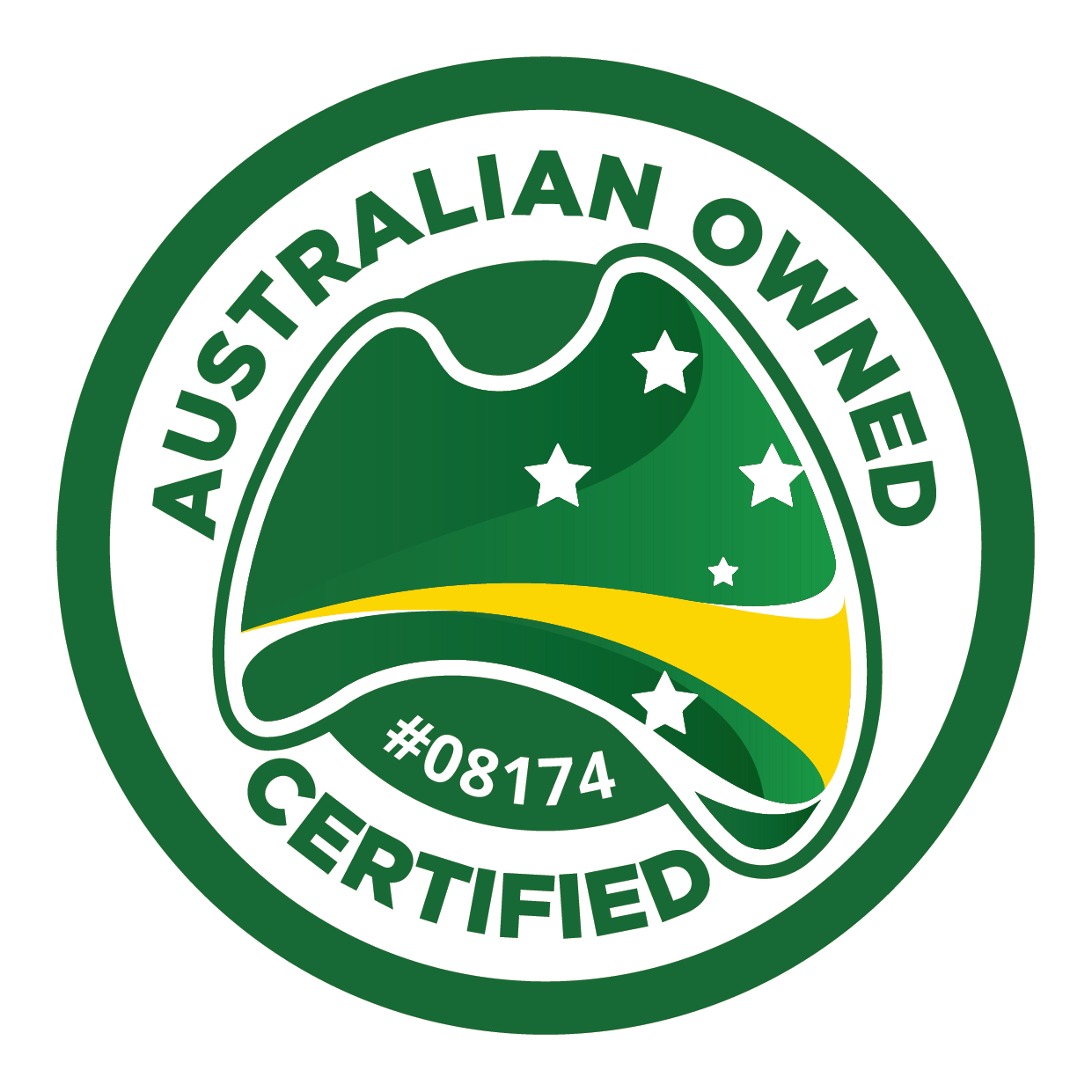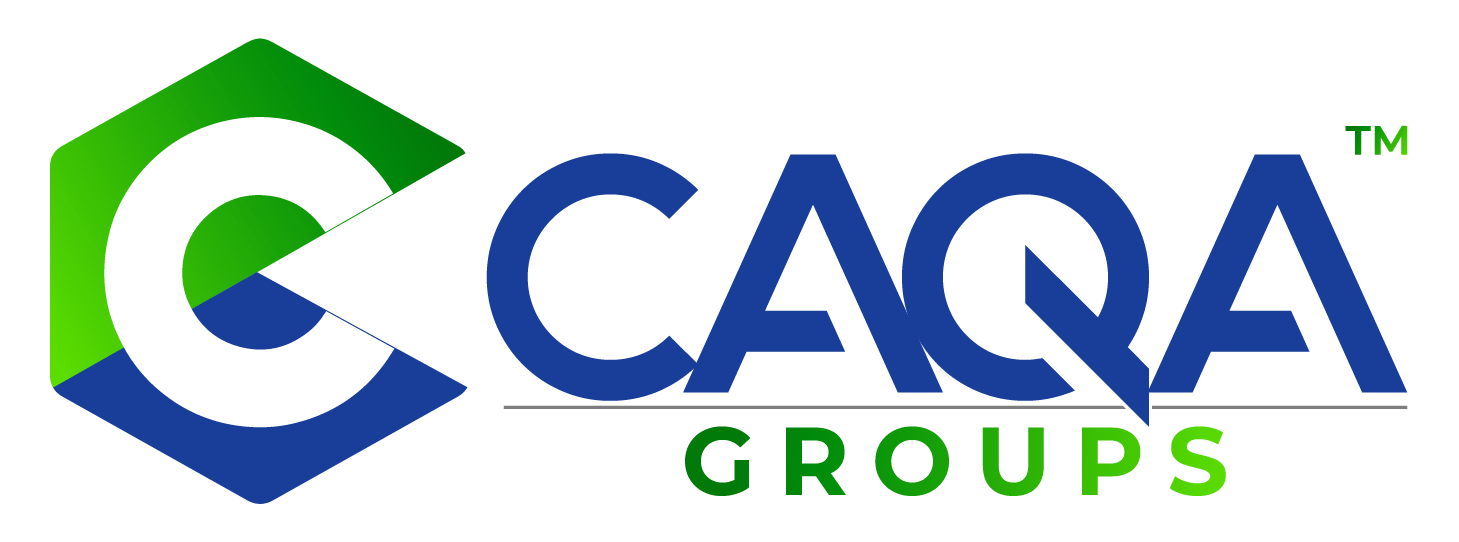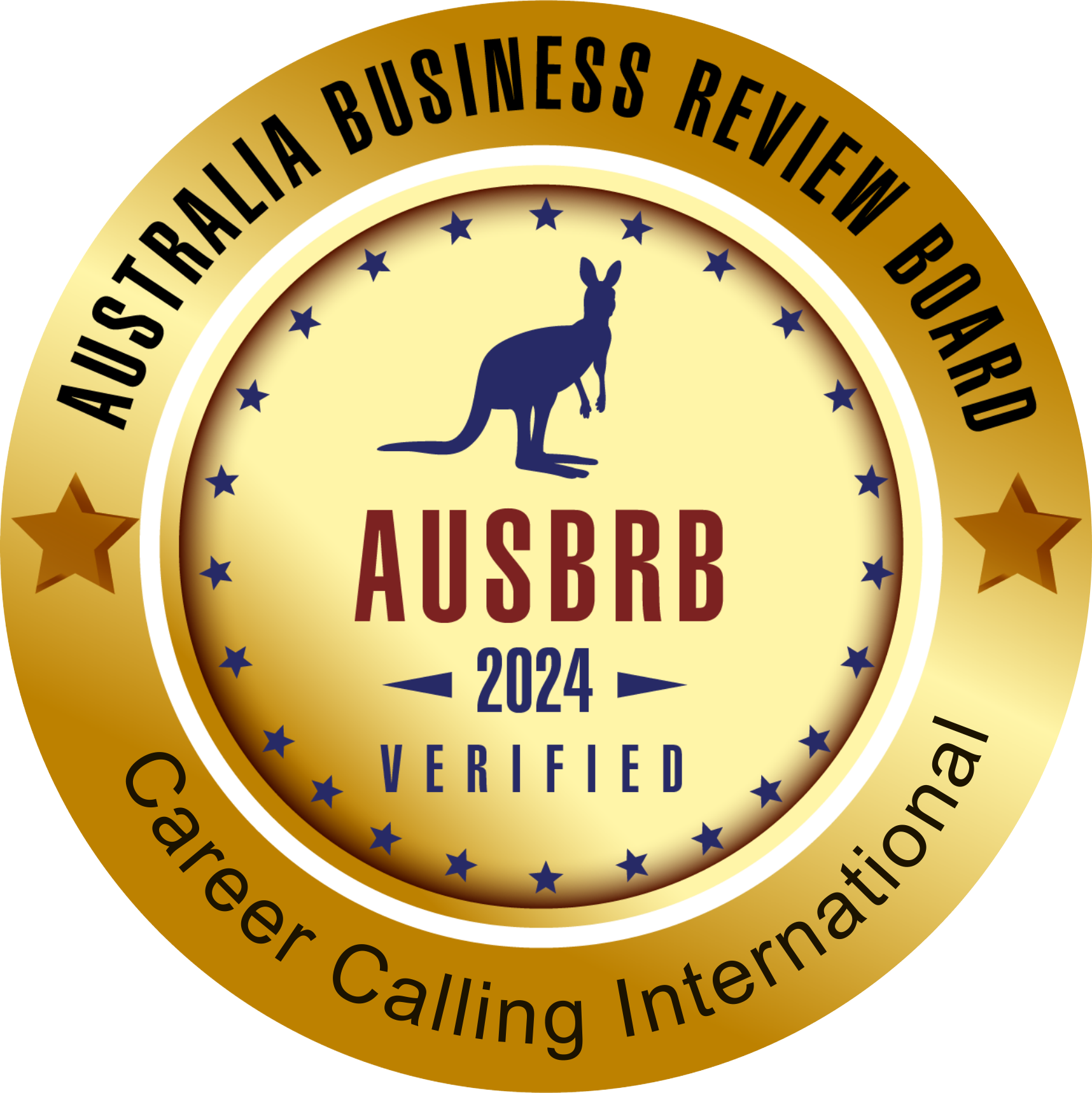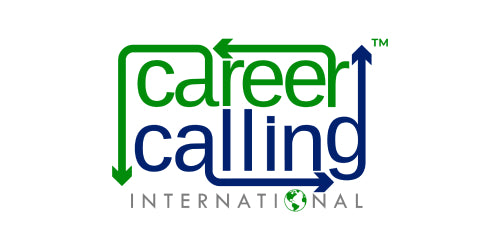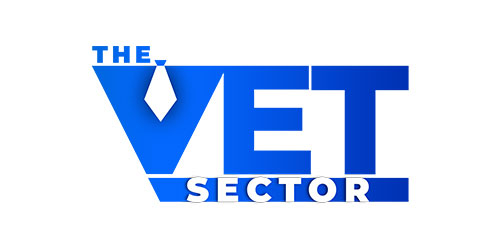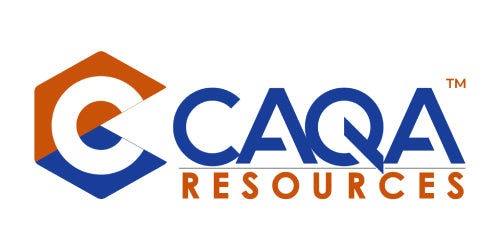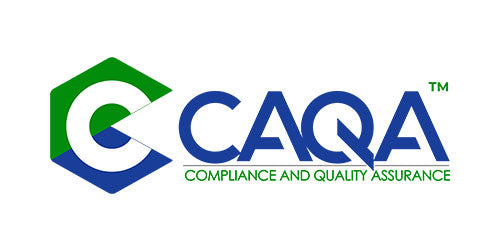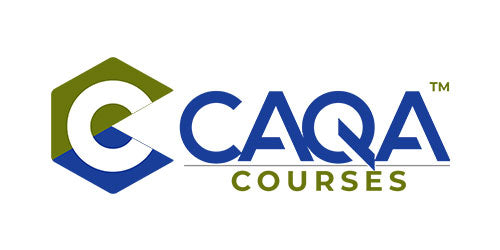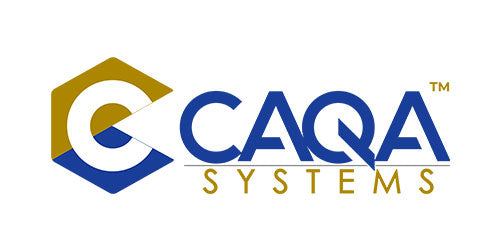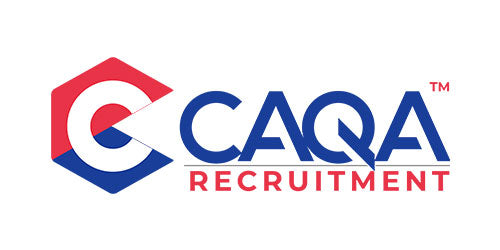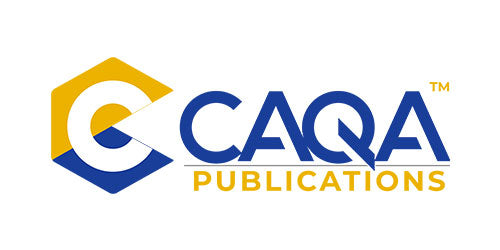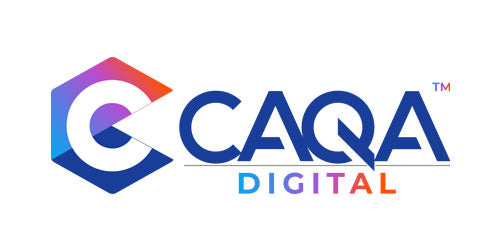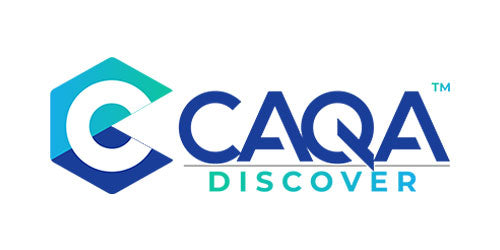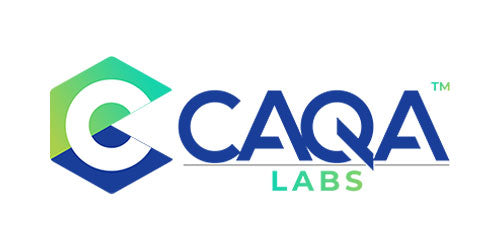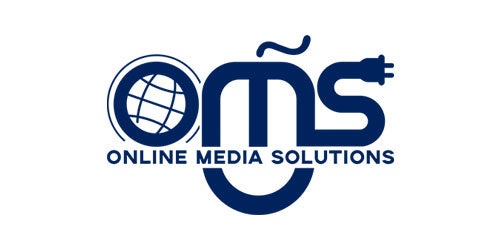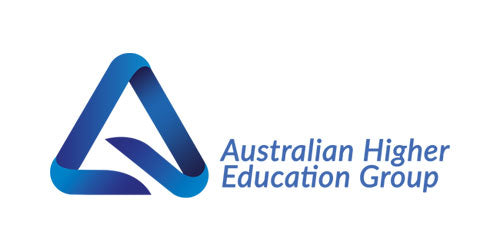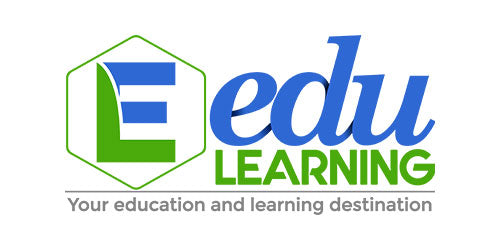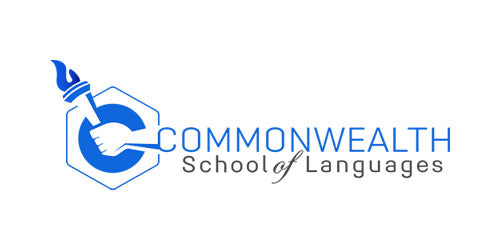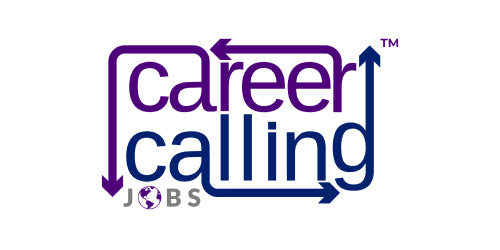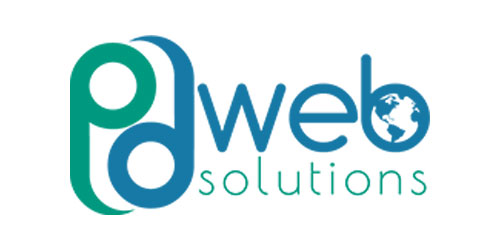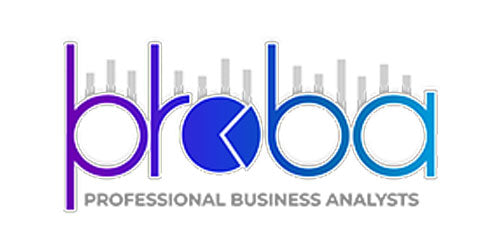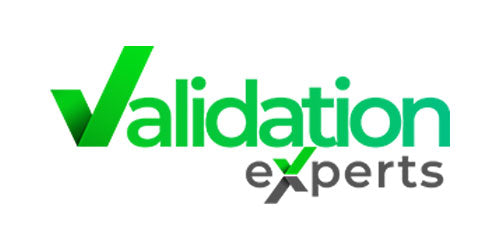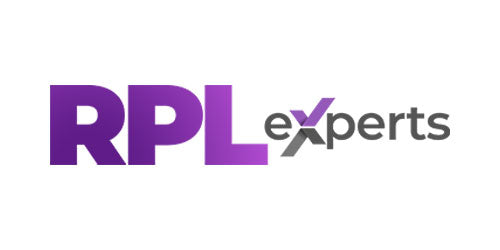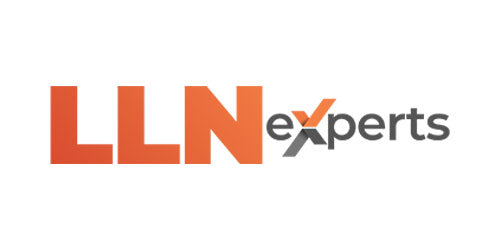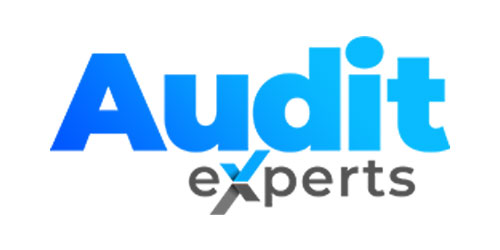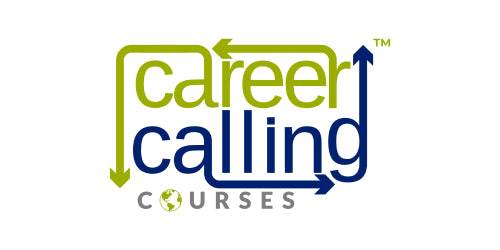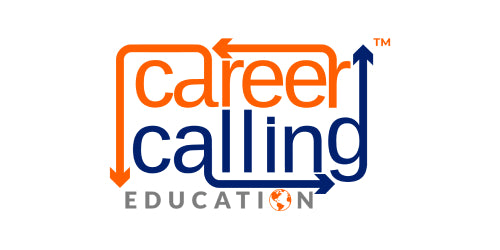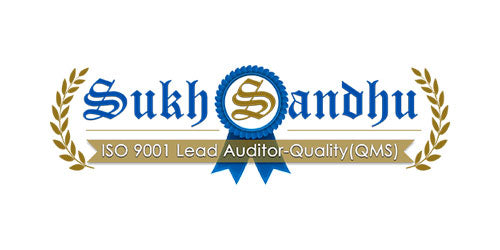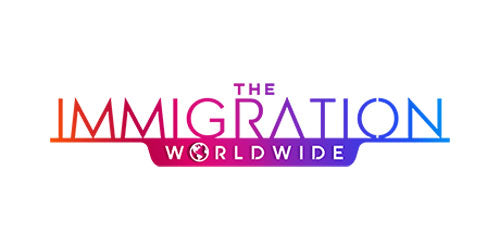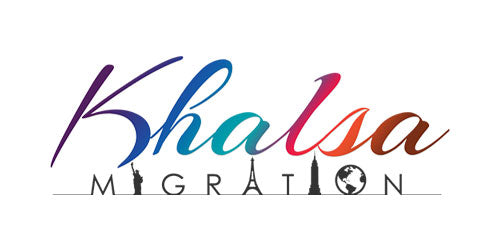How to complete a compliant Trainer Matrix – Part 1 of Part 5
In this article we have included some of the most important aspects needed for a compliant Trainer Matrix.
The Trainer Matrix
A Trainer Matrix (sometimes also called staff matrix, training matrix, training chart) is a tool that can be used to track the training and skill levels of a training staff member within an organisation.
A trainer matrix has a variety of uses such as:
- It tracks the skills, knowledge and expertise required to train and assess a training product
- It documents and compares the required competencies for a position with the current skill level of the employees performing the role
- It allows organisations to assess how they can move forward with training programs and initiatives
- It provides a gap analysis between required and actual knowledge levels
- It tracks competency levels and supports the development of an action plan to reach the ideal staff skills level
- It provides the information required for the development of a professional development plan and budget
- It aids management with development planning by providing a framework of the teaching and training skills (current and future)
ASQA guidelines related to trainer and assessor requirements:
As part of the Standards, an RTO’s training and assessment may only be delivered by trainers and assessors who:
- hold the required credentials (Standards 1.14 and 1.15, Schedule 1 of the Standards)
- hold vocational competencies at least to the level being delivered and assessed (Standard 1.13[a])
- have current industry skills directly relevant to the training and assessment being provided (Standard 1.13[b])
- have current knowledge and skills in vocational training and learning that informs their training and assessment (Standard 1.13[c])
- undertake relevant professional development (Standard 1.16).
Keeping evidence
Your RTO needs to retain sufficient evidence for each trainer and assessor to show that they can demonstrate appropriate competency, currency and professional development and the RTO must verify the information presented.
Verification may include:
- contacting the provider named on a person’s evidence (including qualifications) to confirm that the documentation is genuine
- conducting referee checks at the time of employment to confirm relevant industry experience.
You need to keep the evidence showing how you have verified this information. The best way to do this is in a compliant trainer matrix. The template of a trainer matrix can be prepared using a word-processing tool, spreadsheet or online management system.
In our next editions, we will discuss:
- What should be included in the trainer matrix template
- How to complete a trainer matrix template
- Review and manage trainer matrix tool
References:
https://www.asqa.gov.au/resources/fact-sheets/meeting-trainer-and-assessor-requirements









